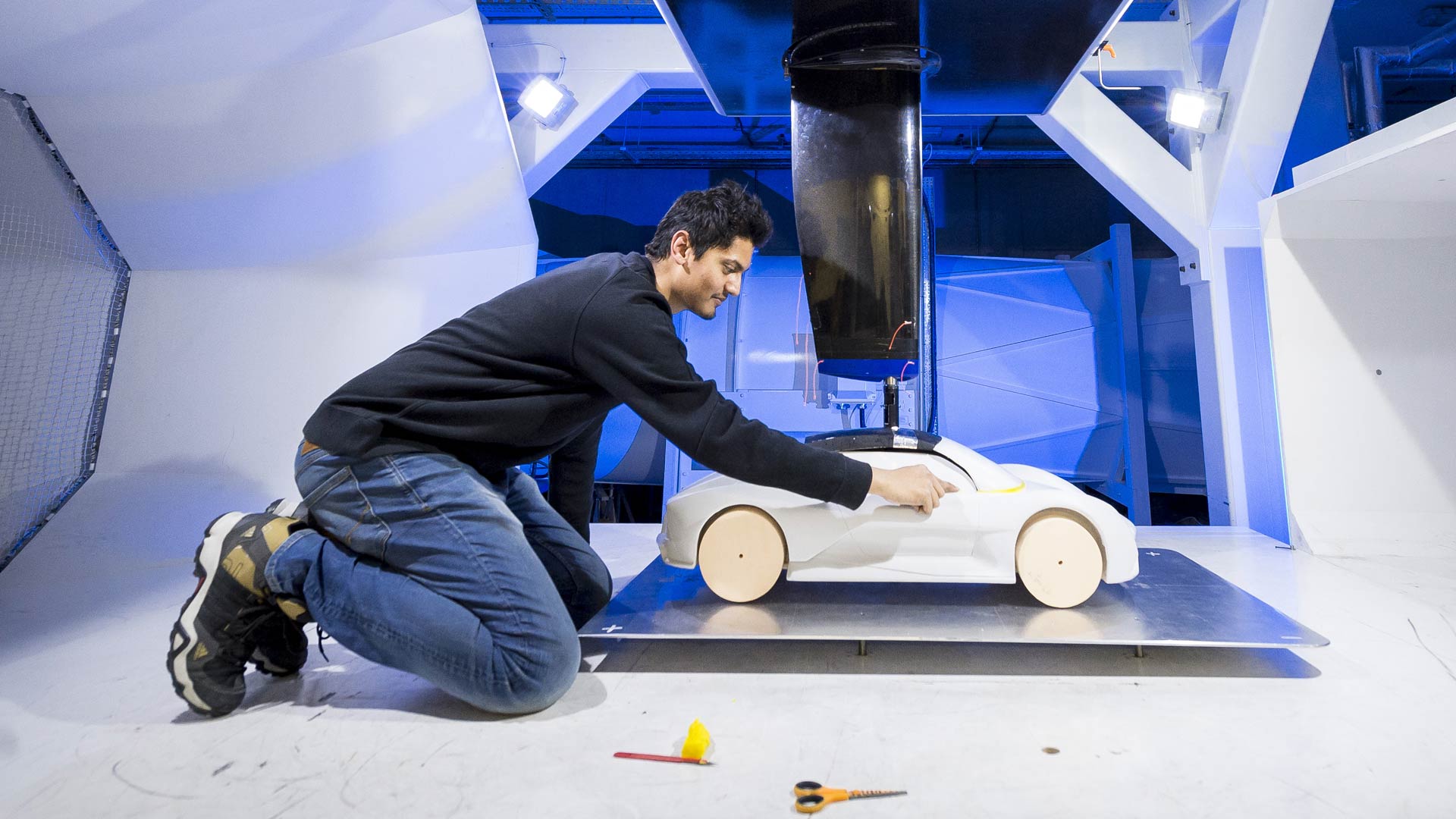Search

Essential Study Tips for Automotive and Transport Design Students
Tuesday 14 May 2024
3 min read
Search

Tuesday 14 May 2024
3 min read

There's still time to apply to Coventry University for September 2025.



